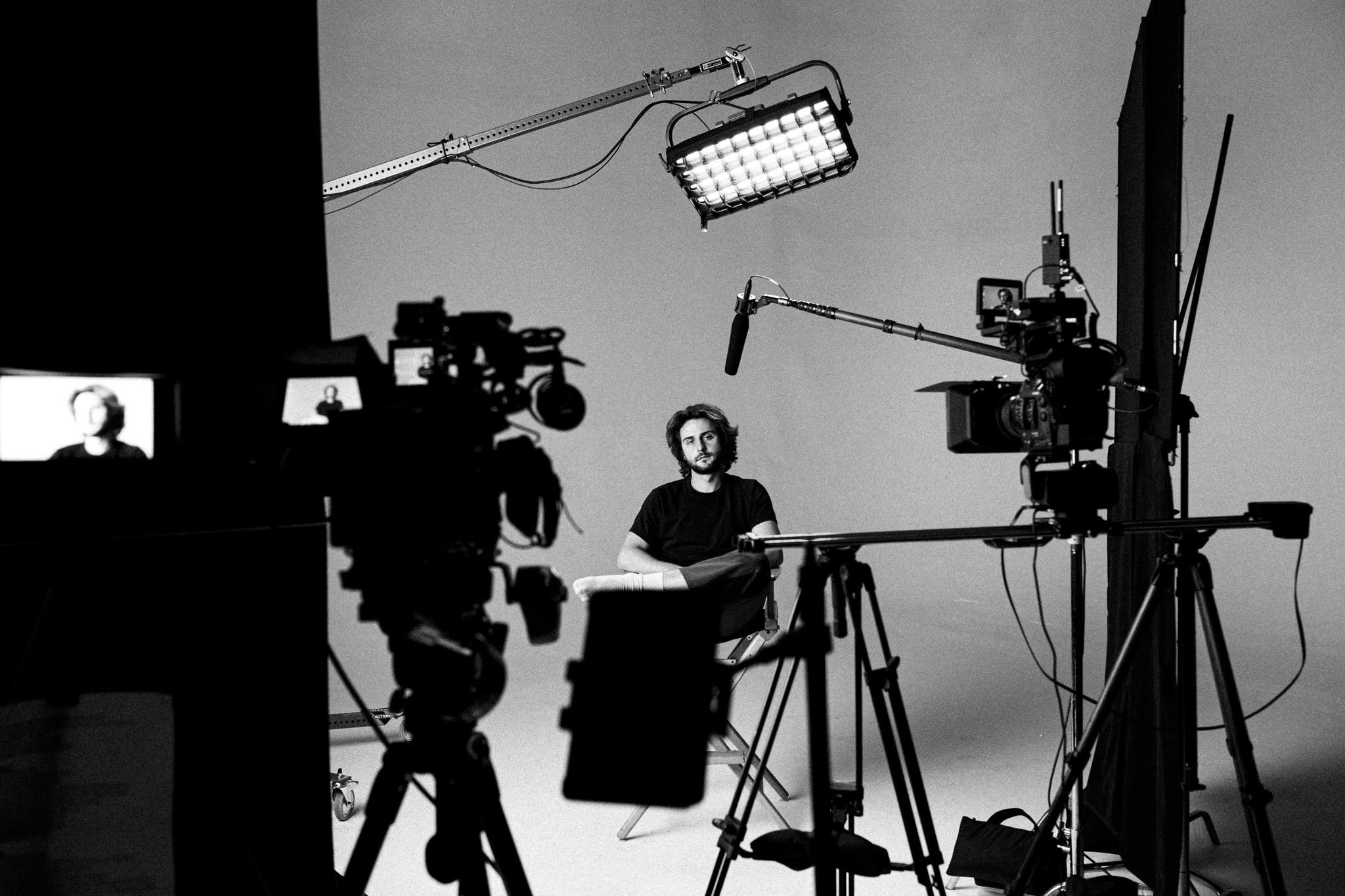Budgeting Essentials: Unraveling the Costs of Short Film Production
Understanding the Costs of Short Film Production
Short film production costs can vary widely, depending on factors such as location, equipment, and crew size. According to IndieFilmHustle, the average cost of producing a short film can range from $5,000 to $30,000. Keep in mind that these costs can quickly add up, but there are strategies to help manage expenses without compromising quality. Understanding the breakdown of costs and where to allocate your budget will be crucial in ensuring a successful production.
Setting a Budget for your Short Film
When setting a budget for your short film, it's important to consider all the costs involved to ensure that you can manage them without sacrificing the quality of your production. Here are some key factors to keep in mind:
Script and Story:
Determine the scope of your story and the resources needed to bring it to life.
Crew and Cast:
Allocate funds for hiring the right talent and crew members for your project.
Locations and Permits:
Research the costs of securing locations and obtaining necessary permits for filming.
Equipment Rental and Props:
Budget for renting filming equipment and acquiring any props needed for your scenes.
Post-Production:
Consider the expenses for editing, sound design, and color grading work after filming is completed.
By carefully estimating these expenses and ensuring that every aspect of your production is accounted for, you can create a realistic budget that allows you to pursue your creative vision without overspending.
Allocating Funds for Essential Elements
You need to prioritize allocating funds for essential elements such as equipment, crew, cast, and post-production to ensure the quality of your short film production. It's crucial to focus on these key areas to maintain the overall standard of your film without overspending. Keep in mind that investing in these fundamental aspects will significantly impact the final outcome of your project.
Cost-effective Strategies for Location Scouting
When scouting locations for your short film, consider utilizing free or low-cost venues like public parks, libraries, or community centers. Look for local businesses willing to collaborate in exchange for exposure in your film. Additionally, reaching out to friends and family for access to their properties can help significantly reduce location expenses.
Casting and Crew Management within Budget
When budgeting for your short film production, managing casting and crew costs within budget is essential. You can save on expenses by considering the following:
Casting: Opt for local talent to avoid additional travel and accommodation costs. Negotiate flexible payment terms with actors and actresses to manage cash flow effectively.
Crew Management: Consider hiring a smaller crew to minimize expenses without compromising quality. Look for professionals who are willing to work at a lower rate in exchange for valuable experience and portfolio building.
Resource Optimization: Utilize existing connections and resources to secure favorable rates for crew members and equipment rentals.
By carefully managing casting and crew-related expenses, you can produce a high-quality short film while staying within your budget.
Equipment and Technology Expenses
When budgeting for your short film production, equipment and technology expenses are crucial to consider. It's essential to allocate funds for high-quality cameras, lighting, sound equipment, and editing software. These expenses play a significant role in the overall production value of your film, so it's important not to underestimate their impact on the final product. Keep in mind that renting equipment may be a cost-effective option, especially if you only need it for a specific period. Researching and comparing prices from different suppliers can also help you manage these expenses without sacrificing quality.
Cost-effective Post-Production Techniques
To keep post-production costs in check, consider these cost-effective techniques:
Utilize free or low-cost editing software available online, such as DaVinci Resolve or HitFilm Express
Leverage open-source or royalty-free music and sound effects for your film's soundtrack
Explore free or affordable visual effects tools to enhance the production value without breaking the bank
Opt for efficient storage solutions to minimize data management expenses
Maximize the use of in-house talent for tasks like color grading and audio mixing to reduce outsourcing costs.
Managing Unexpected Costs and Contingency Plans
When budgeting for a short film, it's important to anticipate unexpected costs to avoid derailing your production. Here are some tips for managing unexpected expenses and creating contingency plans:
Build a Contingency Fund: Allocate a portion of your budget specifically for unforeseen costs. Aim for around 10-15% of your total budget to cover potential emergencies.
Research and Plan: Thoroughly research all aspects of production to anticipate possible additional expenses. Identify potential risks and plan for how to address them if they arise.
Obtain Multiple Quotes: When sourcing equipment, services, or locations, obtain multiple quotes to ensure you're getting the best value for your money and reducing the risk of unexpected extra costs.
Consult with Experts: Seek advice from experienced filmmakers or industry professionals to identify potential cost implications that may have been overlooked.
Remember, the key to managing unexpected costs is to be prepared and proactive in your planning.
Strategies for Securing Sponsorships and Funding
Securing sponsorships and funding for your short film can be crucial in managing costs without compromising on quality. Here are a few strategies to consider:
Identify potential sponsors: Look for companies or individuals who may have an interest in your film's subject matter or target audience.
Craft a compelling proposal: Clearly outline the benefits of sponsoring your film, such as brand visibility, promotional opportunities, or association with a meaningful project.
Leverage your network: Reach out to contacts in the industry or community who may be willing to provide financial support or resources.
Utilize crowdfunding platforms: Consider using online platforms to engage with potential backers and raise funds from a wider audience.
Offer incentives: Provide perks or benefits to sponsors, such as product placement, advertising space, or special access to the production process.
Balancing Quality and Cost-effectiveness in Short Film Production
To ensure both quality and cost-effectiveness in short film production, consider these tips:
Create a detailed budget outlining all expenses, including equipment rental, location fees, and crew salaries.
Research and negotiate to find affordable yet high-quality equipment, such as cameras and lighting.
Allocate funds to essential elements like a talented cinematographer and a skilled editor, while also looking for potential cost-saving measures in other areas.
Utilize cost-effective options for props, wardrobe, and set designs without compromising the visual impact.
Keep an open line of communication with the team to brainstorm creative solutions that maintain production value within a reasonable budget.

